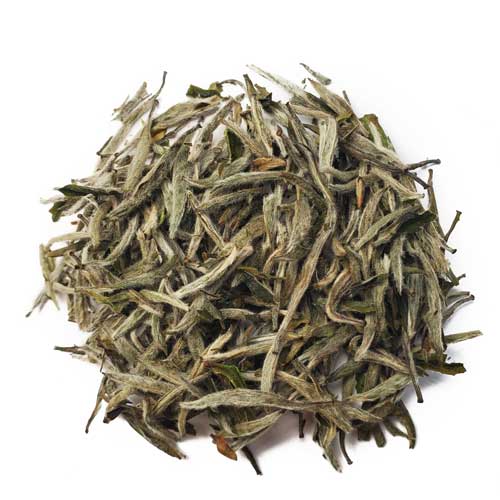A Brief History Of Tea

Tea is one of the most popular drinks in the world, enjoyed by millions every day. But where did tea come from? The history of tea is deep and wide, dating back thousands of years to its origins in China.
China is considered to be the birthplace of the first cultivated tea gardens. Old and wild tea trees over two thousand years old can still be found in the Yunnan area today. This region is thought to be the place where tea was first known and spread. This area is government-protected and requires a permit to get in. You can even see cameras on these ancient trees!
Many years ago, when teas from ancient trees increased in popularity, many locals raced to get them to sell, and because the tree is too tall for them, they cut them down. That's why the government began regulating to protect what is considered a national treasure. They even go so as far as geotagging these trees so they can protect them more efficiently. Nowadays these teas can sell for as much as $10,000 per kilogram (2.2 pounds)!
In the beginning, tea wasn't thought of like it is today. It was viewed more as a healthy herbal, boiled with other plants, seeds, barks and salt. Only after the end of the Zhou Dynasty (1046-256 BC), did people begin making tea without adding other herbs. It is believed that at this time they discovered boiling tea to a bitter drink can actually help to increase their alertness.
Around 53 BC, a guy named Wu Li Zhen started to plant the first cultivated tea garden on top of Mengding Mountain in Sichuan Province. His tea became legendary and one of the tea gardens reserved for use only by the emperor.
After the period of the Three Kingdoms War (220-280 AD), people started changing the way they processed their tea. They began to steam the leaves and compressed them into a small, solid cake. These “cakes” were then baked which look similar to a modern tea cake.
The ritual of tea drinking was popularized around the Tang Dynasty (618 to 907 AD). Tea drinking became more formal, relaxing, and treated with manners and social order. During this time, the scholar Lu Yu wrote the first book about tea, The Classic of Tea. A spiritual appreciation started to develop in everyday moments in life as people performed the rituals of tea preparation. Lu Yu introduced utensils for preparing, serving, brewing, and drinking tea. Tea drinking became much more sophisticated under his guidance. His famous quote, "Its liquor is like the sweetest dew from Heaven" became a legendary concept for tea appreciation. He believed tea should be drunk plain with proper teaware and brewed only using spring water.
Tea's popularity started to reach Tibetans around 641 AD. Around this time, the Tang started to trade their tea for strong, healthy horses for their warriors. This created the famous historical route called the Tea Horse Road. This road became a symbol of strength and unity, as the Tang Dynasty prospered and tea continued to spread across China.
During the Song Dynasty (960 to 1279 AD), tea became even more refined. The culture of tea reached its peak during this time as it became an important part of social gatherings and intellectual conversations. The most popular type of tea during this time was called Gongfu Cha, which means "making tea with great skill." This type of tea ceremony is still practiced today and has been passed down through generations.
The Ming Dynasty (1368 to 1644 AD) saw a decline in the popularity of tea drinking. This was due to a change in imperial rule and the rise of Confucianism, which discouraged the social aspects of tea drinking. Tea became more of a medicinal drink during this time and was used to treat various illnesses.
The Qing Dynasty (1644 to 1912 AD) was a time of great change for China. The Manchu rulers encouraged tea drinking as a way to bond with the Chinese people and create unity. This was also a time when many new types of teas were developed, such as pu-erh tea.
During the 20th century, tea drinking became popular again in China. This was due to the country's increasing economic prosperity and exposure to Western culture. Today, tea is enjoyed by people all over the world and is considered an important part of Chinese culture.









Leave a comment